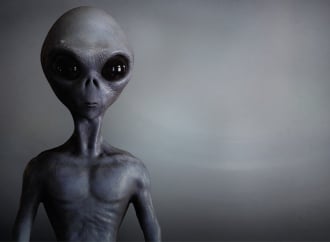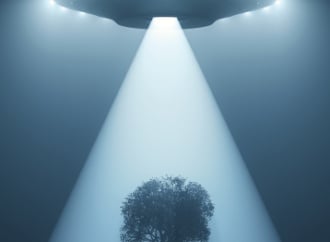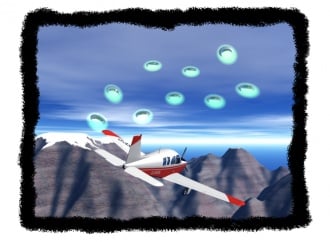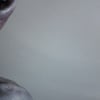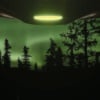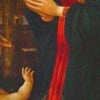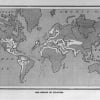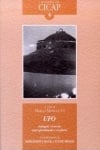Science fiction author Whitley Strieber continues to promote the notion of extraterrestrial visitations. His _Communion: A True Story_ (1987) told of his own close encounter -- actually what psychologist Robert A. Baker has diagnosed as "a classic, textbook description of a hypnopompic hallucination" (or "waking dream"). Now, several money-making books later, Strieber offers _Confirmation: The Hard Evidence of Aliens Among Us_. In addition to UFO sightings and close encounters, there is the hard evidence, quite literally -- alien implants!
Implants are the latest rage in UFO circles, and Strieber marshals the diagnostic, radiographic, surgical, photographic, and analytic evidence that supposedly indicates -- but admittedly does not prove -- extraterrestrials are implanting devices in human beings.
The concept of implants is an outgrowth of the modern UFO craze which began in 1947. In the 1960s came reports of alien abductions, events now understood to consist largely of waking dreams, hypnosis-induced fantasies, and hoaxes. Implants seem to have begun with the alleged 1967 abduction of a Massachusetts woman, Betty Andreasson, who described a tiny spiked ball that had supposedly been inserted up her nose.
Soon such devices began to proliferate, one of which survived and was thoroughly investigated by the Center for UFO Studies (CUFOS) in the late 1980s. Possessed by a self-claimed abductee, the object had supposedly been implanted by his extraterrestrial abductors, but was later dislodged when he caught a cold and blew his nose. It proved to be a common ball bearing!
Since 1994 alleged implants have been surgically recovered but they've become remarkably diverse: one looks like a shard of glass, another a triangular piece of metal, still another a carbon fiber, and so on. None was located in the brain or nasal cavity, instead being recovered from such extremities as toe, hand, shin, external ear, etc.; some were accompanied by scars while others were not.
As physicians know, a foreign object can enter the body unnoticed, as during a fall, or while running barefoot in sand or grass -- even as a splinter from a larger impacting object. Such foreign objects may become surrounded by a membrane, like several of the recovered "implants."
In _Confirmation_ Whitley Strieber describes several of the implants including one removed from his own external ear by a physician. It turned out to be collagen, the substance from which cartilage is formed. Strieber admits that the promised "hard evidence" provided by implants is not so hard after all: "I hope this book will not cause a rush to judgement," he writes, "with skeptics trying to prove that evidence so far retrieved is worthless while UFO believers conclude that it is proof. Both approaches are a waste of time, because the conclusive evidence has not yet been gathered."
Of course, it is not skeptics but implant advocates who have the burden of proof -- a burden they have emphatically failed to meet. Indeed, the implant concept -- like the larger alien abduction phenomenon itself -- lacks proof that it has an objective reality. Instead, the evidence indicates it is simply part of an evolving UFO mythology. Its theme of entities exerting influence over humans is one seen in many variants, ranging from ancient mythical lore to modern science fiction and persisting in some form in popular culture. There have always been individuals -- fantasizers as well as paranoid schizophrenics -- who have heard voices that directed or controlled them, voices that are expressions of hopes and fears. Therefore it seems safe to predict that, as the millennium draws near, there will be further claims of "hard evidence" of extraterrestrial visitation. We may also expect that misperceptions and exaggerations of natural phenomena, as well as hoaxes, will abound.


